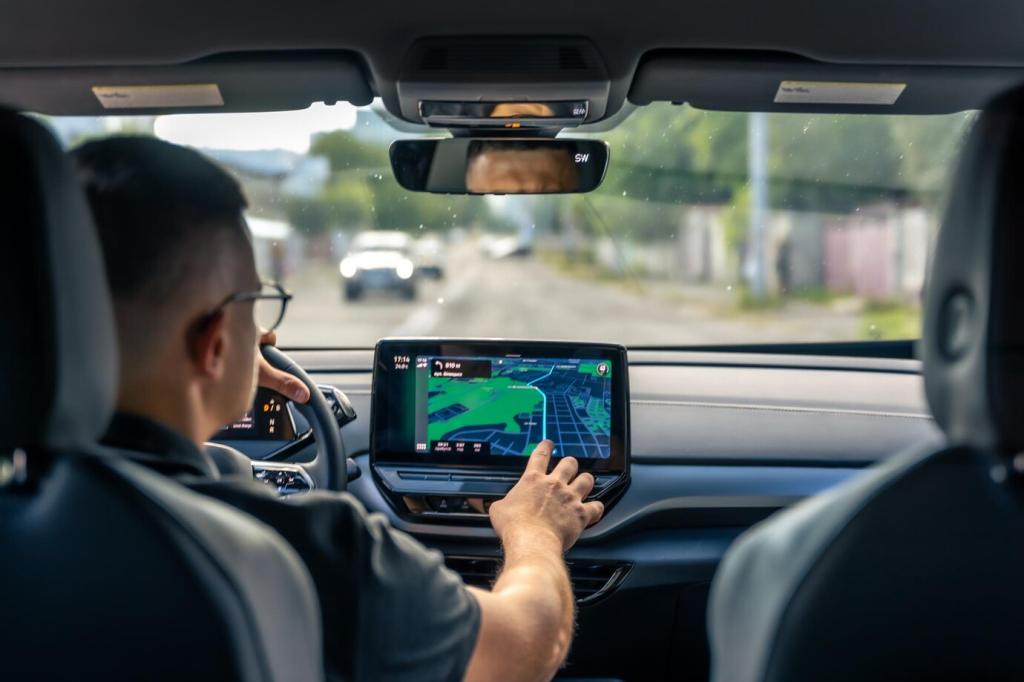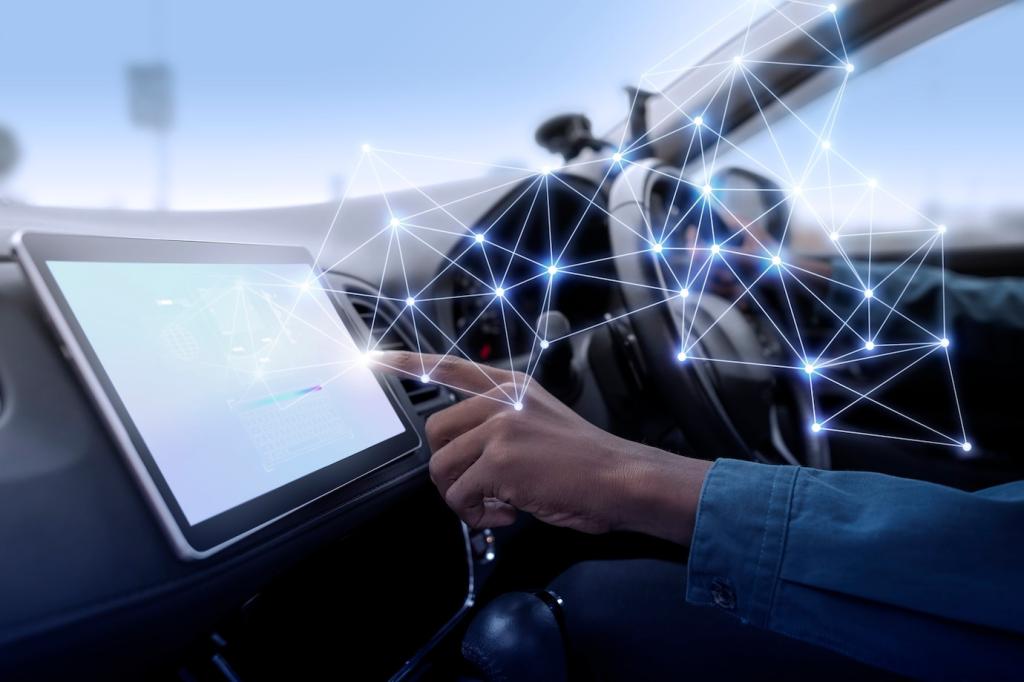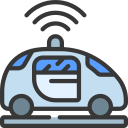This website uses cookies so that we can provide you with the best user experience possible. Cookie information is stored in your browser and performs functions such as recognising you when you return to our website and helping our team to understand which sections of the website you find most interesting and useful.

The Impact of Autonomous Vehicles on Modern Cities
The rapid development and deployment of autonomous vehicles is transforming the way cities operate, influencing everything from urban planning to daily commuting. As driverless technology moves from laboratory prototypes to real-world streets, cities must adapt to a new landscape where transportation, safety, infrastructure, and daily life are all reimagined. This shift presents both exciting opportunities and profound challenges, requiring careful consideration by city planners, policymakers, and citizens. A closer look at the multifaceted impact of autonomous vehicles reveals the depth and complexity of their integration, prompting cities to rethink not only transportation but also their very structure and functionality for future generations.

Enhanced Accessibility

Flexible Routing and Scheduling
Transformations in Urban Infrastructure

Smart Roadway Design

Evolution of Parking Solutions

Intelligent Traffic Management
Environmental Implications
Public Safety and Risk Management
Collision Reduction
Addressing Cybersecurity Threats
Emergency Response Integration

Socio-Economic Effects
Shifts in Employment
Impact on Local Businesses
Promoting Equity and Inclusion

Evolving Legal and Regulatory Frameworks
Developing Safety Standards


